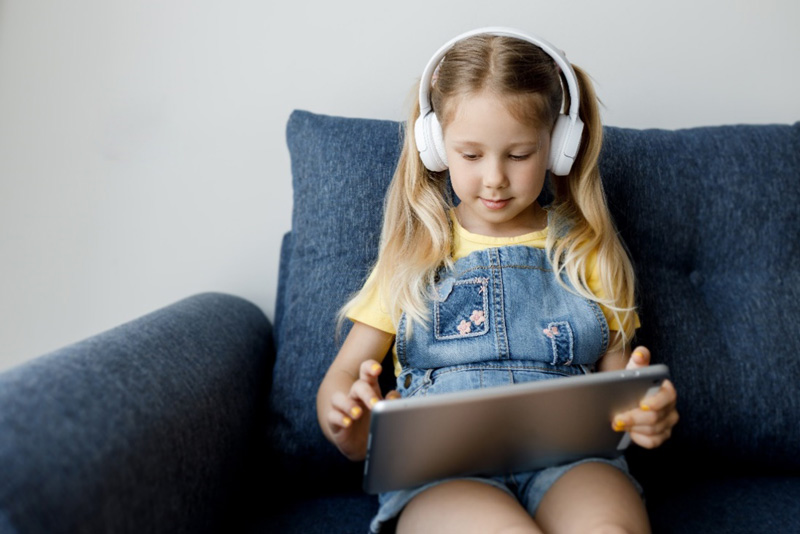The rise of globalisation makes language competencies more valuable, both at individual and societal levels (OECD, 2012). Thus, It has become vital to acquire a second language. A demand for bilingual and even multilingual individuals (Soares et al., 2013) has been set as an educational priority in today’s global society (Glazer et al., 2017).
These expectations have also been influenced by migration and cultural exchanges between different countries and regions, which transforms countries into polyglot and multicultural communities, as well as by the Internet’s accessibility to easily connect people anywhere in the world. Hence, individuals and societies need to equip themselves and their future generations with the necessary skills to successfully navigate the obstacles of a modern multilingual society.
On the other hand, globalisation has made it easier for individuals to access language learning resources and materials from around the world. Learning a new language can be a challenging and time-consuming endeavour, but with the proliferation of the Internet and online language learning platforms, it is now possible for people to take language courses and access language learning resources from anywhere in the world.
Thus, technology-based learning has emerged and substantially empowered language learning since these innovative tools can be particularly useful for students who may struggle with traditional language learning methods, or who simply want to find new and exciting ways to study the material. Furthermore, it has enormous educational potential both within and beyond the classroom environment as it allows learners to easily access various instructional materials using different educational platforms; furthermore, it facilitates learners’ exposure to native speakers’ lessons and tutorials and their engagement in diverse online courses (Bećirović et al., 2021).
Digital language learning technology, as it often allows students to customise their learning experience and work at their own pace, stimulates the learning process and maximises students’ abilities in active learning. Additionally, it enables students with SLD to adapt the language learning process to their needs and skills. This way, students can make the most of their study time, and it helps them to avoid becoming overwhelmed or frustrated, leading them to achieve learner autonomy and become autonomous and self-regulated learners (Bećirović et al., 2021).
In addition to being fun and efficient, digital language tools can also present an adding value to the process of language learning because they offer a wide range of resources and materials in a large variety of contexts and formats, from interactive language learning software to online classes, language learning apps or e-Books.
In this line, our project, BiblioLingua, focuses on creating e-Books to enhance students’ linguistic skills, especially those with specific learning disorders, hearing impairments or from disadvantaged backgrounds, through digital, adapted and illustrated reading experiences. We believe in the potential of this format because many e-Book readers offer features such as adjustable text size, font, and background colour, which can make it easier for students with visual impairments or other reading difficulties to access and understand the material. Furthermore, e-Books can provide audio versions of the text, which can be particularly helpful for students who are blind and visually impaired or who are working on their listening comprehension skills. In the end, these aspects can help make the reading experience more accessible and inclusive for all.
References
Bećirović, S., BrdarevićČeljo, A. and Delić, H. (2021). The use of digital technology in foreign language learning, SN Soc Sci, 1(246). https://doi.org/10.1007/s43545-021-00254-y
Glazer, M., Harris, K., Ost, D., Gower, M. and Ceprano, M. (2017). Creating Bilingual Books to Facilitate Second Language Learning. Journal of Inquiry & Action in Education, 8(2), 81-89. https://files.eric.ed.gov/fulltext/EJ1140121.pdf
Soares, T., Anguera, X. and Trancoso, I. (2013). Second Language Learning Using Bilingual eBooks. (Publication no. 13588). Instituto de Engenharia de Sistemas e Computadores. https://www.inesc-id.pt/publications/13588/pdf
Organisation for the Economic Cooperation and Development (2012). Languages in a Global World. Learning for Better Cultural Understanding. https://doi.org/10.1787/20769679

